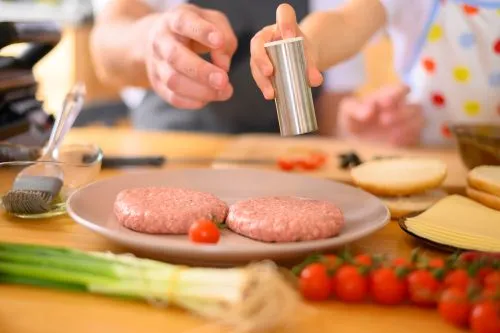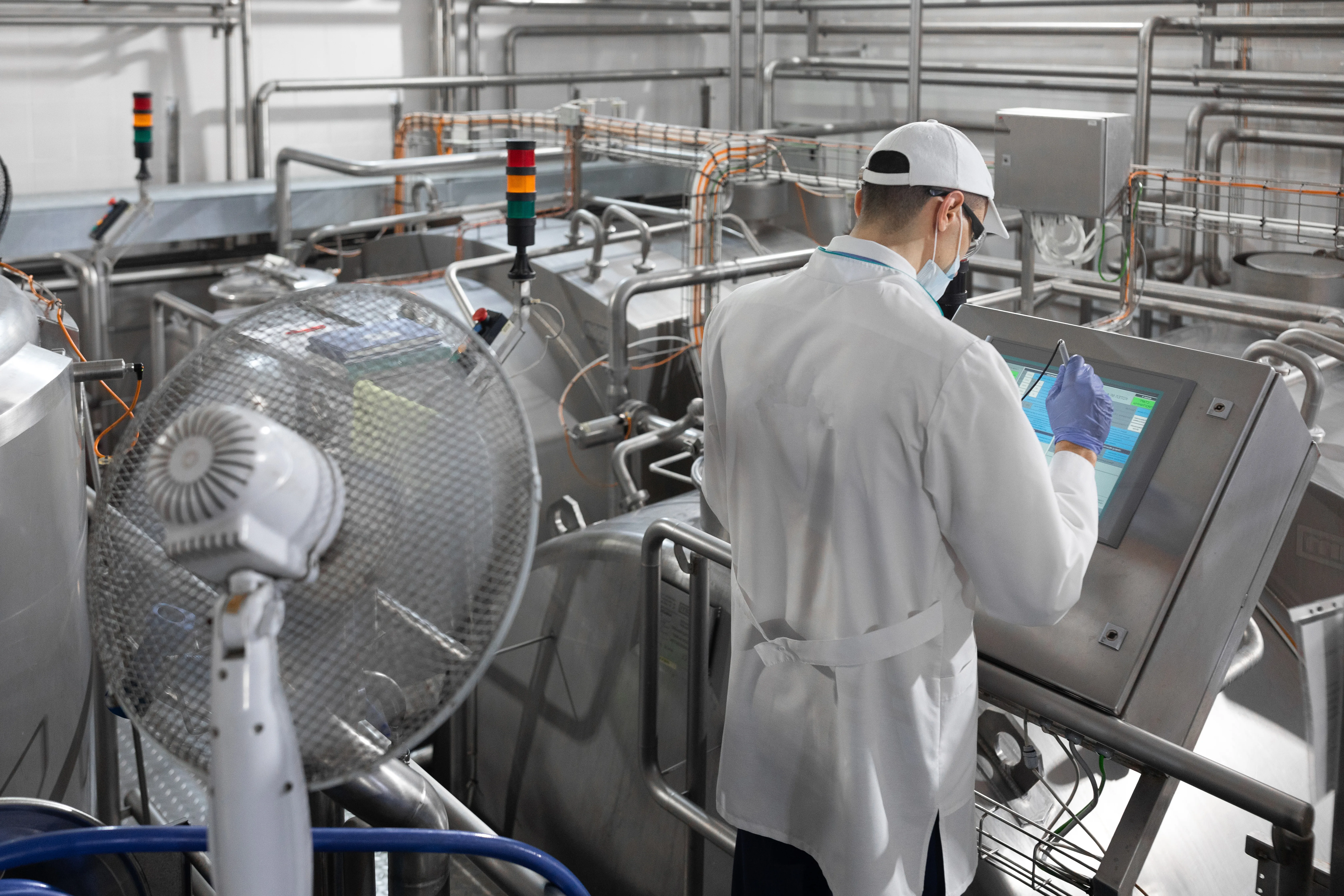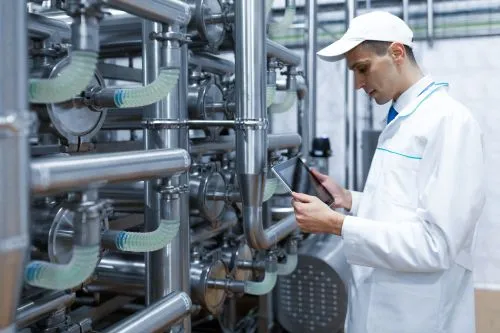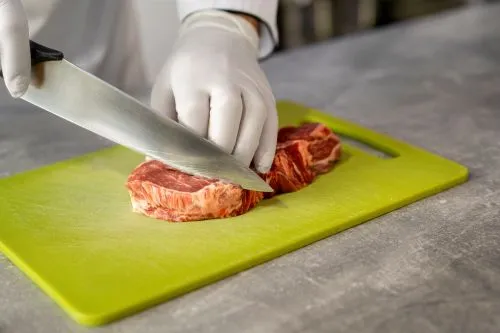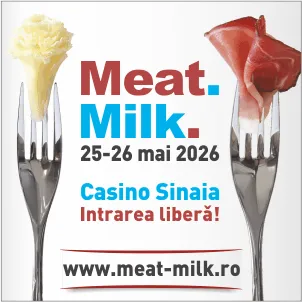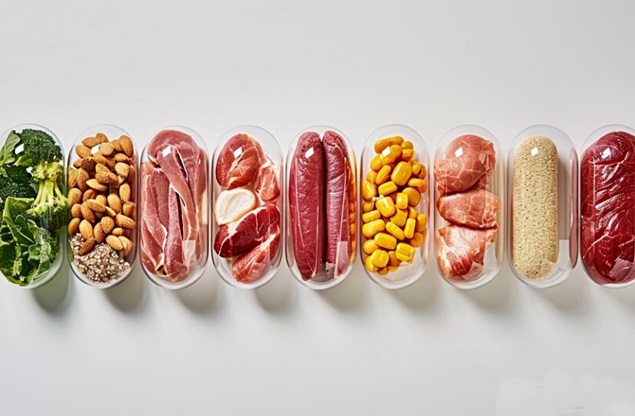
Using AI and Synthetic Biology to Design the Proteins of the Future
A start-up is enhancing proteins for a wide range of functions in the food industry by combining artificial intelligence and synthetic biology, according to FoodNavigator.
Barriers and Opportunities
The many challenges and opportunities surrounding the application of proteins in novel foods are a hot topic in food tech. Finding the right proteins in nature is difficult, which is why several tech companies are dedicated to creating and optimizing so-called designer proteins.
For instance, French start-up AI Bobby uses artificial intelligence to improve the functionality of proteins used in plant-based meat. Israeli manufacturer Amai Proteins engineers and produces sweet proteins as alternatives to artificial sweeteners.
Zurich-based start-up Cradle is another key player. Using generative AI to assist scientists in designing proteins for various applications—from cultivated meat to enzymes that enhance food safety—Cradle aims to make possible what nature never could.
"Nature is incredibly creative. There are billions of proteins we can study, and we don’t even know the function of many of them. And, of course, this influences our medicines and the food we eat. So nature gives us an enormous starting point," said Cradle co-founder Elise de Reus in an interview with FoodNavigator.
Proteins found in nature are often just the starting point, she explained, and Cradle’s technology can improve them to serve new functions.
Protein Design
Cradle designs proteins to fulfill specific tasks needed by its clients. To do this, proteins must exhibit particular properties.
“Today, proteins are everywhere in living systems and in the food we eat—such as whey shakes or eggs—but they also make up many of the active components of cells. They catalyze reactions, help chemicals transform from one state to another, provide structure, and can be used in all kinds of processes,” Reus explained.
Sometimes these proteins can be sourced directly from nature; other times, lab technologies are used to develop them.
How AI Makes the Process More Efficient
Useful proteins can indeed be found in nature, said Reus. For instance, some enzymes can extend the shelf life of bread, helping reduce food waste.
However, in some cases, developers may want to add a new trait to a protein, such as greater resistance to room temperature. This would require modification.
Creating such a protein could take years of research and development, Reus noted. Generative AI, like that used by Cradle, can greatly accelerate the process.
Cradle’s models—similar in concept to chatbot technologies like ChatGPT—are trained using machine learning. But unlike ChatGPT, they are trained not on human language but on the language of proteins.
These models can analyze different protein sequences and how they behave in the lab to make suggestions for improving their performance.
How Can These Proteins Be Used in the Food Industry?
Proteins have many uses in the food industry beyond nutrition. For example, enzymes can act like preservatives or make fruit juices clearer rather than cloudy, Reus explained.
Enzymes can also help develop flavors in products. Take nootkatone, a compound responsible for grapefruit flavor. Producing just one kilogram of purified nootkatone would require about 400,000 kilograms of grapefruit. With enzymes, however, the molecule can be created directly.
Enzymes can also remove off-flavors from plant-based products. These enzymes may exist in nature or be engineered to neutralize undesirable tastes.
Cradle also works on designing growth factors for cultivated meat. These require specific proteins to deliver signals that would otherwise come from a living organism.
Although these proteins exist in nature, they are often unstable and degrade quickly. Machine learning can help improve their stability, increasing the chances of scaling up cultivated meat production.
Creating Proteins from DNA
Proteins can be created at the DNA level. “The starting point is the DNA sequence itself, and then we help insert that sequence into a cell that has all the tools needed to turn the DNA into a protein,” said Reus.
“The protein then works like a tiny machine inside that cell factory to catalyze a reaction.”
